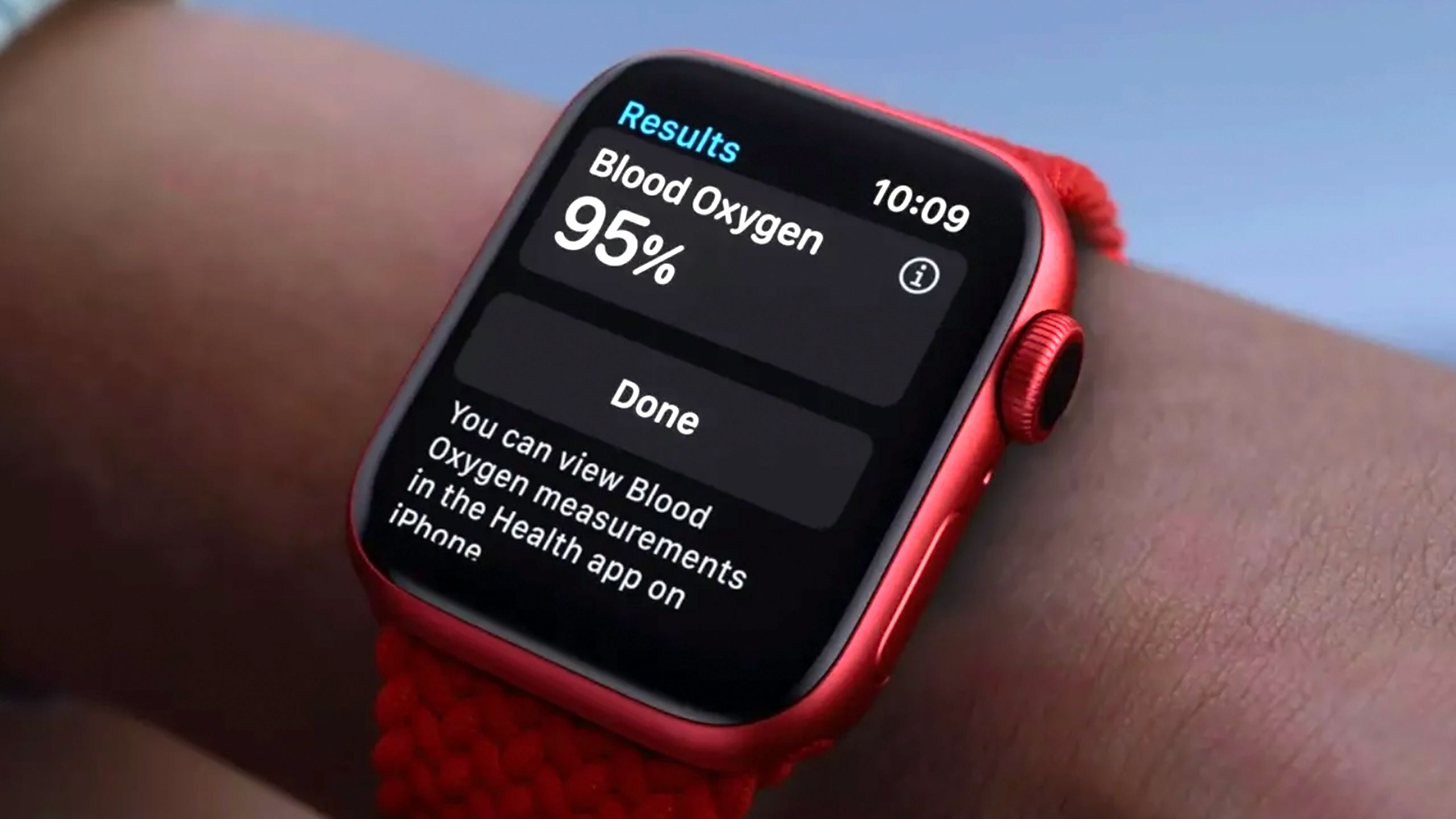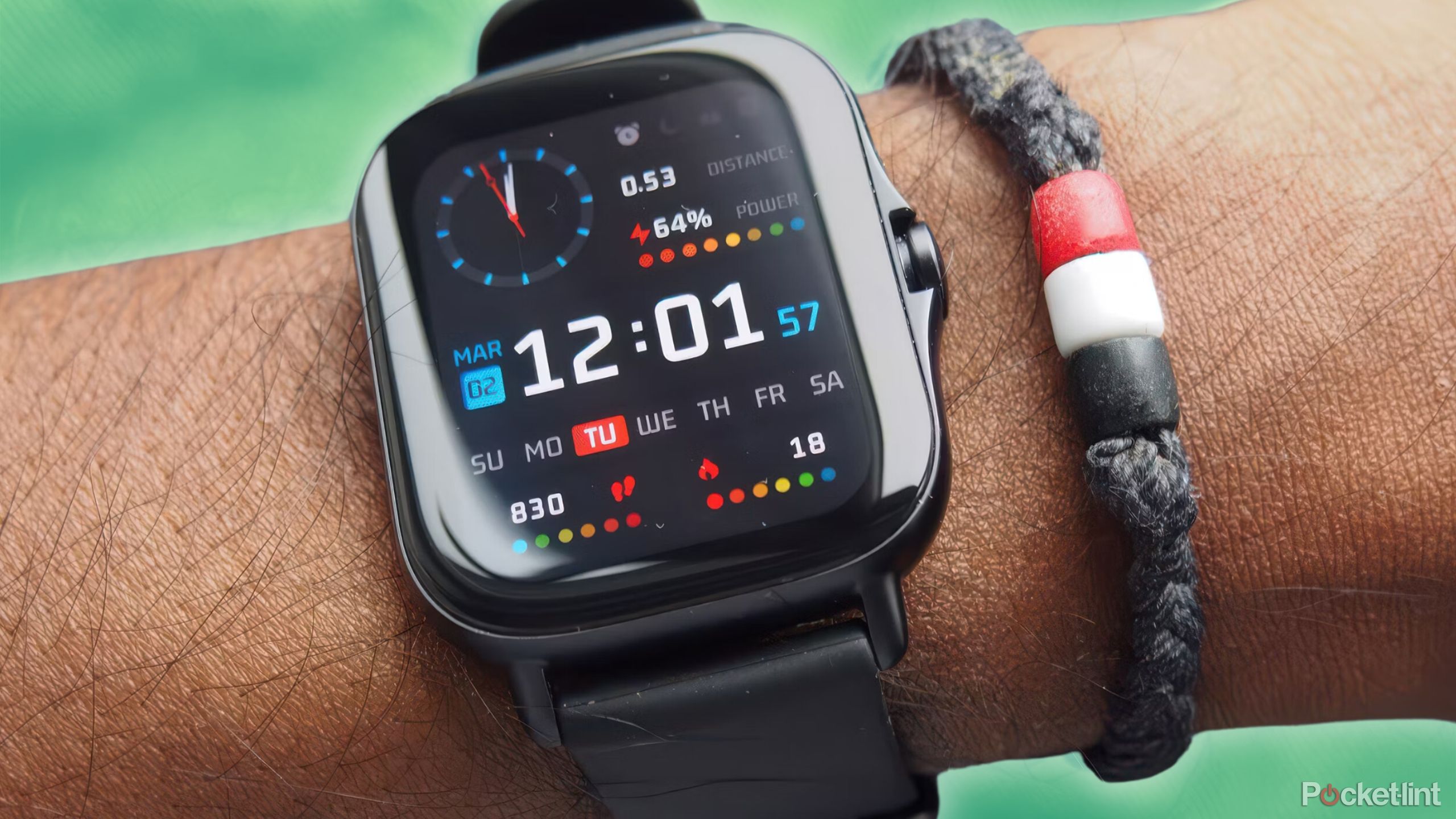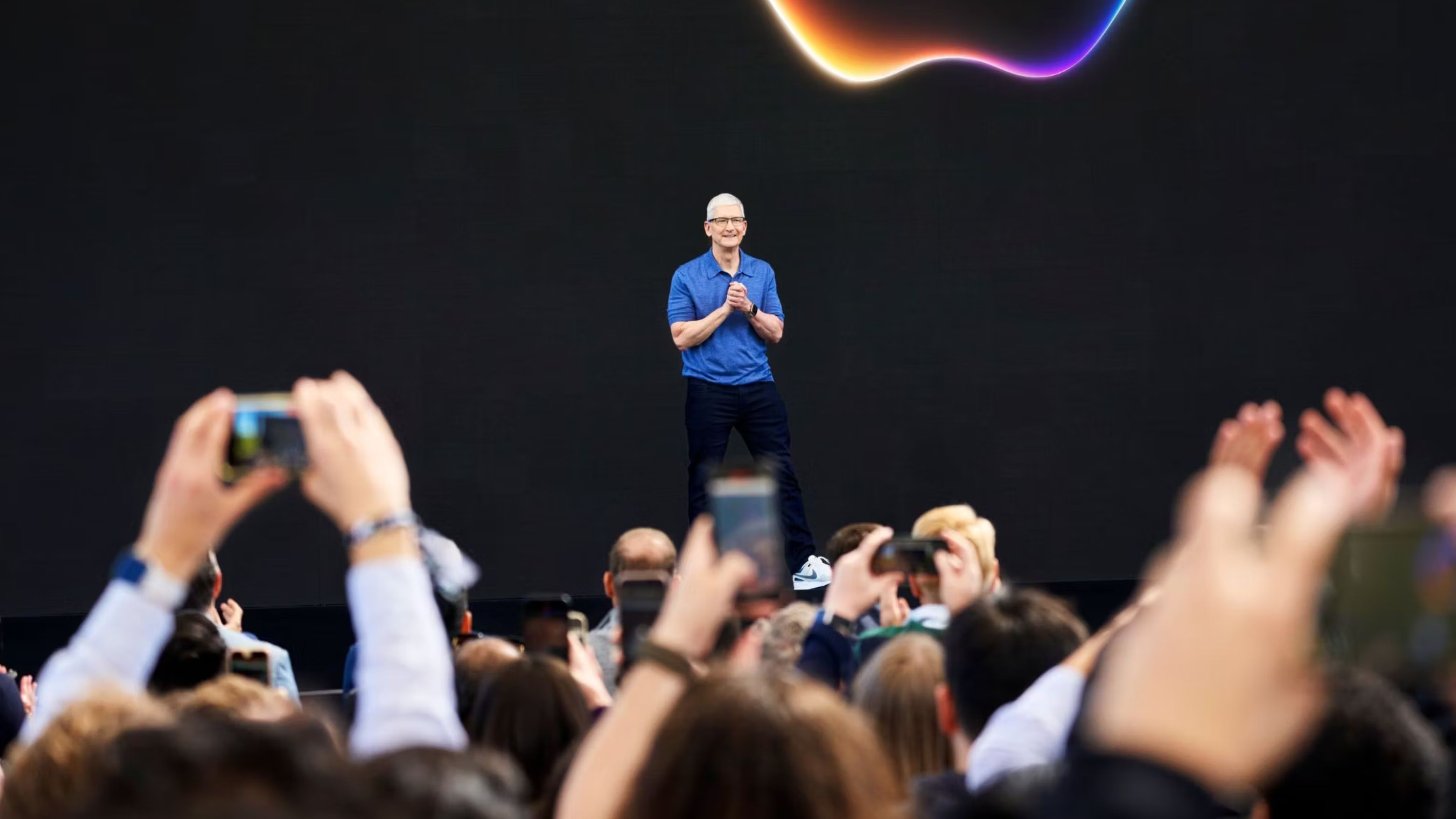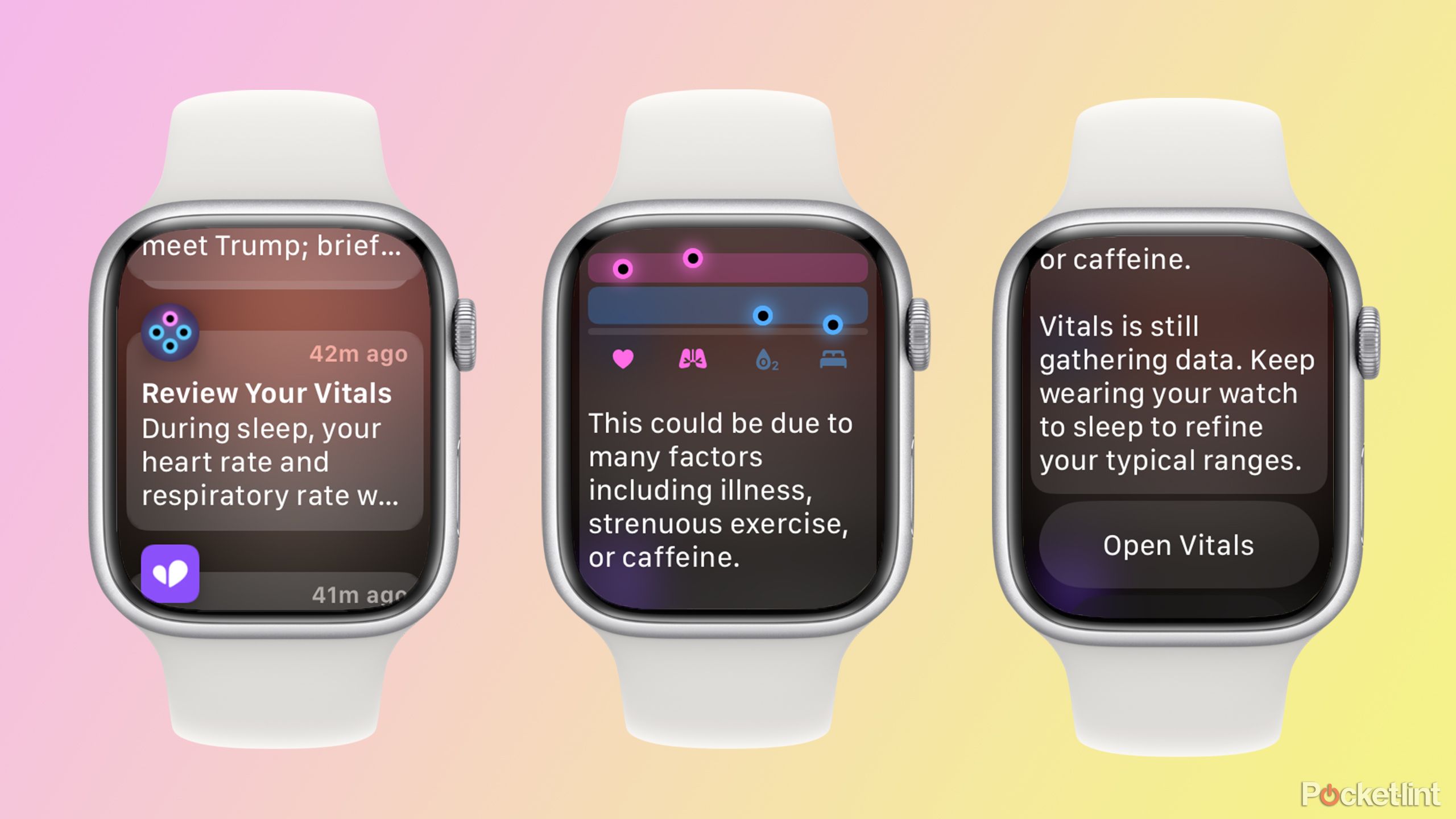
Key Takeaways
- It’s increasingly conspicuous that Apple hasn’t settled with Masimo to bring blood oxygen tech back to the Apple Watch.
- Apple could be negotiating behind the scenes, but all we know for sure is that it’s trying to appeal an ITC ban.
- Restoring oxygen tech would look good for Apple from both a competitive and general marketing standpoint.
While Apple is constantly bombarded with lawsuits, it’s rare for them to inflict much impact. Many of them are nuisance cases. When there’s some substance, Apple can fall back on a crack team of lawyers, and effectively infinite resources to either keep a lawsuit going or settle it out of court. Consider that Apple has so far fended off third-party app stores in the US, despite the resources companies like Epic Games have brought to bear.
That’s what makes the situation with the Apple Watch’s blood oxygen tech so unusual. Medical tech firm Masimo won a lawsuit against Apple in early 2023, accusing the latter of stealing trade secrets and infringing on its pulse oximetry patents. It scored a US International Trade Commission ban later the same year, temporarily blocking imports of the Apple Watch Series 9 and Ultra 2 until Apple was able to find a workaround and disable oxygen sensor features. Any Series 10 or Ultra 2 you buy in the US today won’t come with the Blood Oxygen app active.
As I write this it’s now mid-October 2024, and Apple has ground its feet in, working to appeal the ITC decision. Back in February, as a matter of fact, CEO Tim Cook even told CNBC that Apple was “focused” on that appeal, and that shoppers have “lots of reasons to buy the Watch even without the blood oxygen sensor.” Is that an admission that Apple doesn’t care about restoring blood oxygen support — a feature that was a highlight of 2020’s Series 6?
Related
6 reasons I’d pick a Garmin Forerunner 965 over an Apple Watch Ultra 2
These premiere watches deliver on so many features, but a few definitely stood out that lets Garmin take the gold.
It could all be a show
Backroom dealings and other issues
Apple
On a purely factual level, it’s hard to say. The Cook comment would seem to suggest the company doesn’t care — but like most CEOs, Cook was spouting a carefully orchestrated PR position. To have a chance at winning an ITC appeal, Apple has to appear committed. Executives obviously want shoppers to keep spending in the interim, so Cook would never admit that any Apple products have been crippled, true or not.
Based on what I’ve seen in the industry in the past, Apple is probably pursuing settlement talks behind the scenes. These sorts of negotiations are always kept private — even if no one expects total victory, saying something in public risks swaying a deal or prompting the other side to back out. I’d bet that Apple has been talking to Masimo on and off since 2023, hoping it can come to an arrangement that allows Watch owners to flip blood oxygen sensing back on without an expensive licensing deal.
At the same time, it’s remarkable that Apple was willing to let the Series 9 and Ultra 2 go out the door without a settlement, let alone the Series 10. Unless Masimo is being totally unreasonable, that does support the idea that Apple doesn’t consider blood oxygen a major selling point — it could easily afford tens or hundreds of millions of dollars to make the dispute go away.

Related
4 gimmicks to ignore when shopping for a fitness tracker
Put your money where it’ll do the most good by ignoring features that you probably won’t even use.
Why Apple needs to make a deal
Multiple parties can win out
It’s true that many people don’t need blood oxygen tech, and may not have even noticed that it disappeared. Some people buy an Apple Watch for its most basic health and fitness features, like the Activity rings, if they care about them at all. If you like, you can get a Watch simply as a way of checking the time and your notifications without pulling your phone out of your pocket.
Runners, climbers, and other athletes do care about oxygen though, since it helps gauge performance capacity. It’s also likely that Apple’s new sleep apnea detection feature was built with blood oxygen in mind. While Apple has found detection workarounds involving motion, one of the primary symptoms of sleep apnea is lowered oxygen saturation. Resolving the Masimo fight could make the feature more accurate, potentially saving a few more lives, or at least improving their quality.
There are a couple of reasons to fix the situation on a business level, beginning with competitiveness. It looks increasingly bad that wearable rivals like Google and Garmin have blood oxygen sensing, particularly when it comes to the Apple Watch Ultra. That’s supposed to be Apple’s answer to high-end fitness and adventure devices, for which something like an oxygen sensor is just the start — we’re still waiting on upgrades like blood pressure and continent-wide offline maps.

Related
Apple Maps’ iOS 18 upgrades go beyond hiking
Although Apple primarily focused on Apple Maps’ new hiking features, they’ll actually extend to all on-foot travel.
Living up to the mission statement
People do pay attention to marketing messages
The other business argument is that Apple has staked its reputation on important social causes, union rights notwithstanding. Its privacy policies are some of the best in tech, and it’s reworking its products, packaging, and even corporate offices to be more environmentally friendly.
It stands to reason then that the company should show how committed it is to improving our health too, regardless of whether it’s the right thing to do. Consumers like hearing that a company takes their health seriously. There would be few better ways of demonstrating that than burying the hatchet with Masimo, and the reward for Apple would be an improved public image and overall product lineup.
Who knows — Apple might already agree, and Masimo is primed for a change, since CEO Joe Kiani recently resigned. His successor might be more amenable to a deal. We’ll know the situation is truly bad if the Apple Watch Series 11 and Ultra 3 are still missing blood oxygen when they ship in fall 2025.
Trending Products






